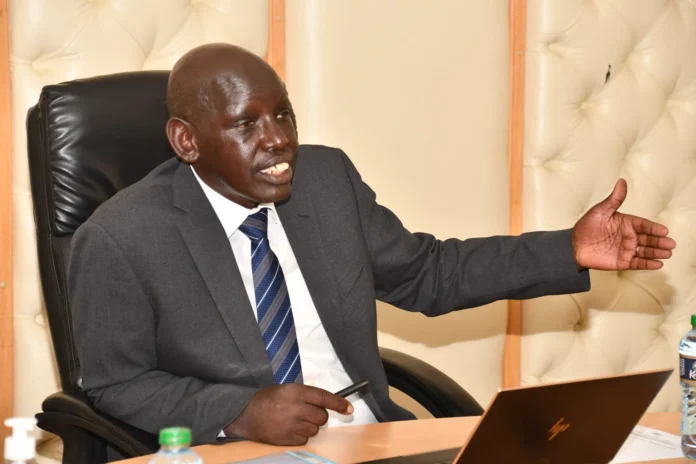The selection process separates from registration of national exams so that students can make informed choices based on the new career pathways model.
New School Classification based on Career Pathways
The Ministry will introduce a new classification system that replaces the current national, extra-county, county and sub-county school categories. Senior schools will be classified into:
- Triple pathway schools – Offering all three career pathways:
- STEM
- Social Sciences
- Arts and Sports
- Double pathway schools – Offering STEM and one of the other two pathways.
All senior schools must offer the STEM pathway, so a strong foundation in science and technology education.
School Selection for Learners
Students will select 12 schools based on their preferred career pathway and subject combinations:
- 4 schools for first-choice pathway
- 4 schools for second-choice pathway
- 4 schools for third-choice pathway
For boarding and day school selection:
- 9 will be boarding schools (3 from the learner’s home county and 6 from outside their county).
- 3 will be day schools within their home sub-county.
This ensures learners can get to schools that match their career choices while maintaining a balance of students across the regions.
Core and Optional Subjects in Senior School
Senior schools will offer 38 subjects, with core subjects being:
- English
- Kiswahili
- Kenyan Sign Language (for learners with hearing impairments)
- Physical Education
- Community Service Learning (experiential, project-based learning)
ICT skills will be integrated across all subjects to enhance digital literacy.
Pathway Selection and Expected Enrollments
The Ministry estimates that:
- 60% of learners will select STEM which includes areas such as building construction, electricity, metalwork, mechanics, woodwork, media technology and marine and fisheries technology (offered in select schools).* 15% will take the Arts and Sports pathway which will focus on sports science, music, dance, theatre, film and fine arts.
- The remaining 25% will join the Social Sciences pathway which will cover business studies, humanities and related subjects.
Transition will be Smooth
Senior Deputy Director at KICD, Eunice Gachoka said the new system allows learners to specialize without feeling restricted, with flexibility in subject selection based on interest and ability.
The Ministry has also assured parents that placement will be based on learner’s preference, school capacity and subject availability. The system has data verification measures to avoid mismatches like boys being placed in girls’ schools.
Special needs students will have designated institutions for hearing, visual, physical, cognitive or developmental challenges like autism and cerebral palsy.
Final Guidelines to be Released Soon
With public consultations on the draft guidelines now over, the Ministry will incorporate the feedback and release the final transition framework.
The Ministry expects this revised system to give learners clearer academic pathways, so that education is aligned to skills, interests and job market demands.
